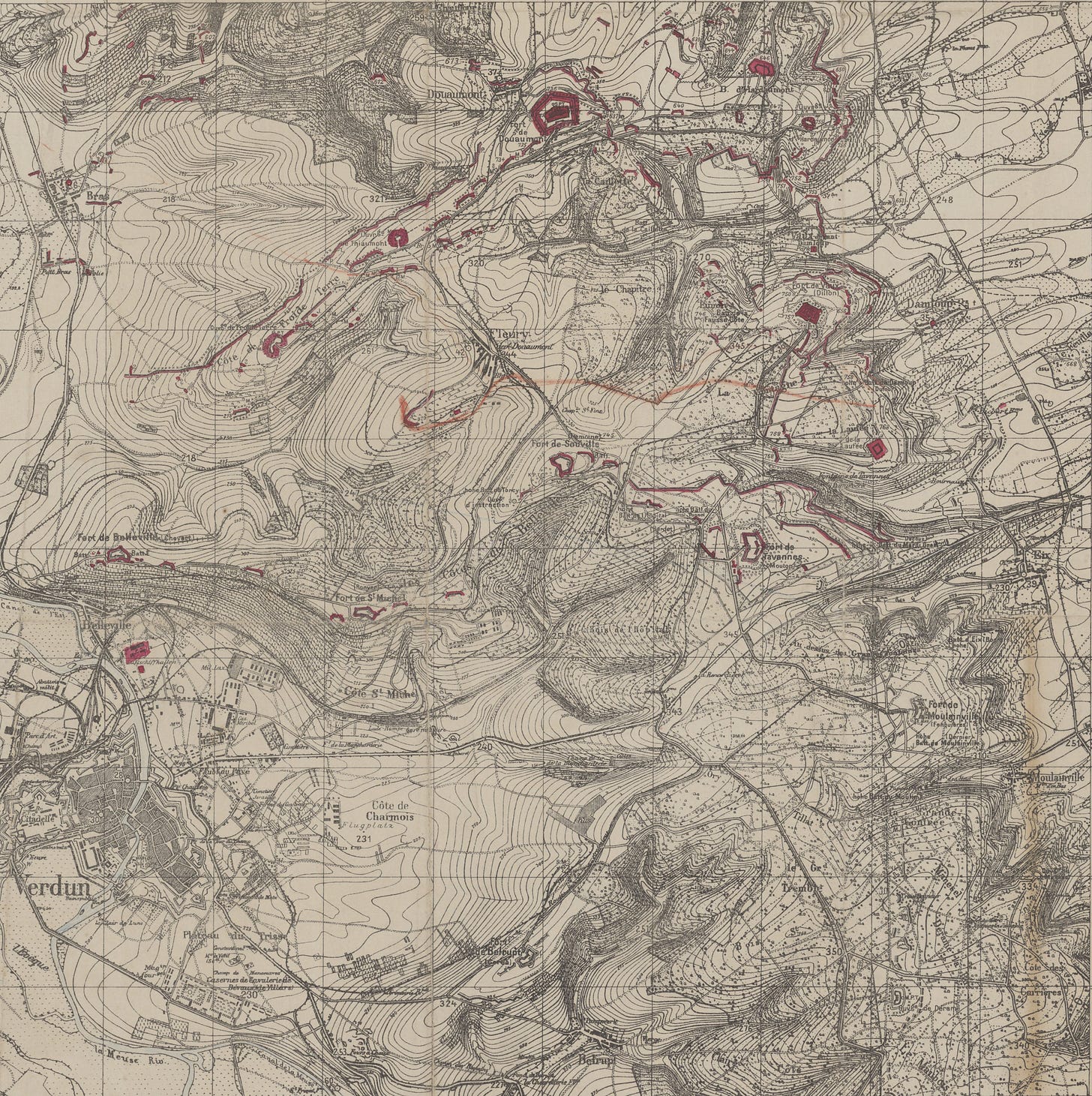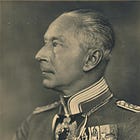Attrition at Verdun (Part II)
The German Army of World War I
In the second week of January, 1916, after a number of consultations with General Schmidt von Knobelsdorf, the chief of staff of the German Fifth Army, Falkenhayn chose the fortress complex of Verdun as the location for the intended exsanguination of the French Army. Located at a sharp bend of the Meuse River, in what might be called the foothills of the Vosges Mountains, Verdun seemed to serve Falkenhayn’s purpose admirably. The area around the fortified zone formed a slight indentation (what soldiers of the day called a “salient”) in the German lines. This salient, and the slight advantage its possession would give to the French if they attempted an envelopment of the German position north or south of Verdun, provided an argument of “military necessity” to any general who wanted an excuse to fight over the area.
Far more important, however, to the French, and therefore to Falkenhayn, was the symbolic value of Verdun. Verdun’s heavy guns - whose domination of the Valley of the Meuse had been the original justification for fortifying the area - had been withdrawn from the citadel. And the outlying forts had been all but vacated to provide the garrisons for trenches, block- houses, bunkers, and other, more modern, field fortifications. Nonetheless, Verdun was still a fortress. Its loss to the Germans, in the third year of a war where the loss or gain of a few hundred yards was cause for banner headlines, would strike all but the most astute military observers as a major defeat. This perception would be exacerbated when the French public was reminded, as it inevitably would be, of the history associated with Verdun - particularly its role as a “frontier post” in the expansion of France toward the Rhine.
For Further Reading:






